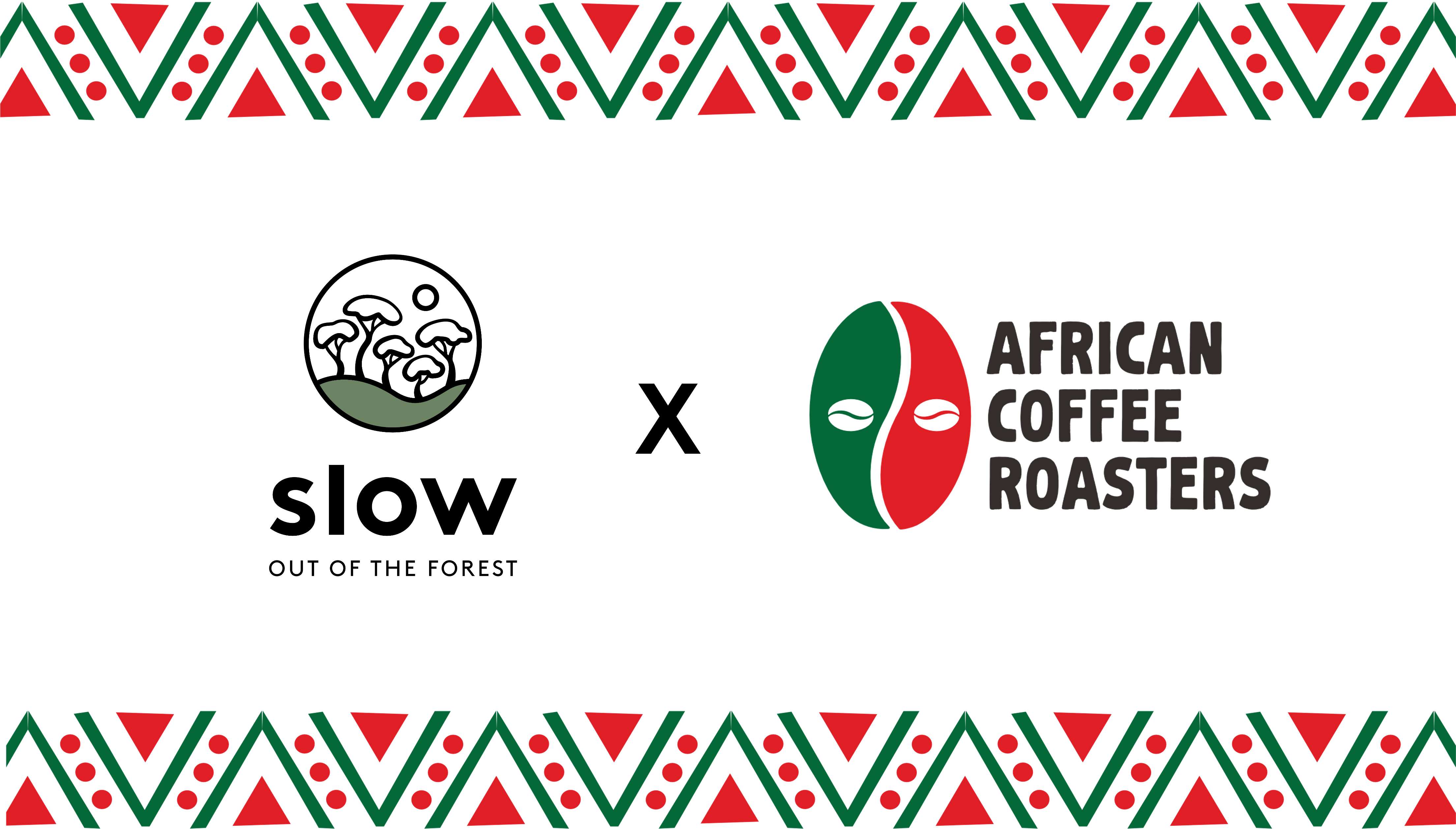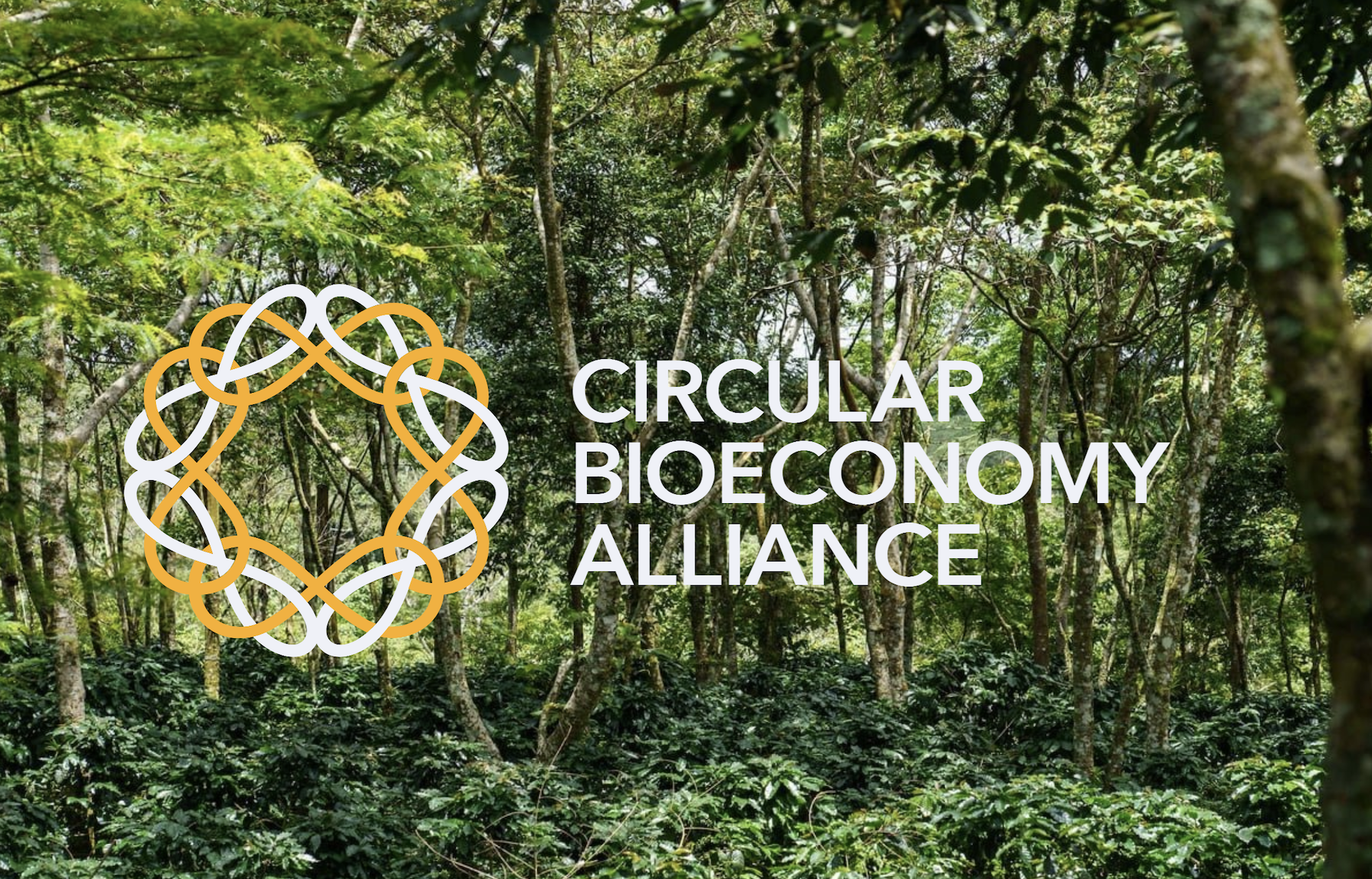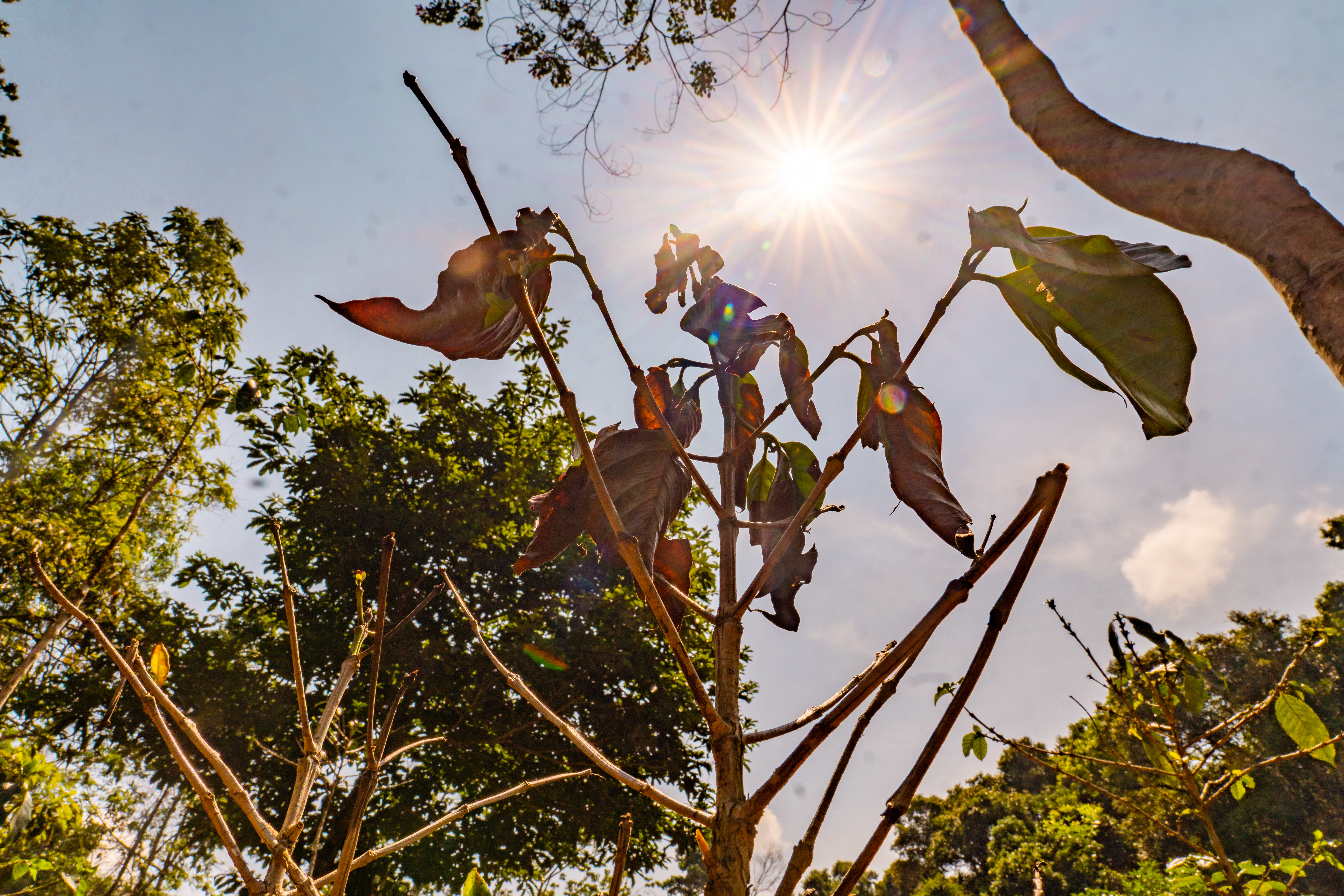Slow acquires African Coffee Roasters – A New Era for Sustainable Coffee
Big news from Slow. African Coffee Roasters is now part of the Slow family. And this isn’t just an acquisition—it’s a major step forward in how...
Jan 31, 2025 - 1 min read
Take Sulawesi, Indonesia—one of the world’s biggest cacao-producing regions. The farmers here grow the beans that end up in premium chocolates around the world. But before their cacao reaches the market, it has to pass through layers of middlemen.
Here’s how it works. Farmers sell to local collectors, who sell to regional traders, who sell to exporters. Each link in the chain takes a cut. And in remote farming communities, where infrastructure is weak and market access is limited, farmers don’t set the price. The middlemen do.
They use something called a farm gate price—a fixed rate they offer to farmers, no matter what’s happening on the global market. So even if cacao prices hit record highs, farmers might see little difference. The system is designed to keep profits concentrated at the top.

But this isn’t just about market dynamics. There are deeper structural issues at play—chronic underinvestment, razor-thin profit margins, and a system that keeps farmers at the bottom of the value chain.

The rise in cocoa prices is largely due to a global cocoa shortage, which has persisted since early 2024. Disease pressures, climate change, and threatening weather have ravaged crops in West Africa, which contributes around 80% of the world’s cocoa output. As a result, cocoa availability is at historical lows, pushing prices up.
Cacao is a high-value crop, but the people growing it take home the lowest share. Many smallholder farmers still struggle to make a living income, let alone reinvest in their farms. Diseased trees go unreplaced, yields decline, and climate shocks make things worse.
West Africa has felt it. Now, Sulawesi is seeing the same. Since October, rains have been relentless in Sulawesi Barat. Aleksander, Slow’s farmer coordinator in the region, says nearly everyone is complaining about the endless downpour. The constant rain is causing small cacao flowers to fall before they can mature, adding yet another layer of stress for farmers already grappling with disease and climate pressures.
So, while the world talks about a cacao boom, many farmers are stuck in the same cycle—selling at rock-bottom prices, just barely scraping by. The system isn’t broken. It’s working exactly as it was built. The real question is: who benefits?

Big news from Slow. African Coffee Roasters is now part of the Slow family. And this isn’t just an acquisition—it’s a major step forward in how...

A few years ago, coffee and chocolate were just products. But at Slow, we’re changing the story. We’re not just selling beans and cocoa, we’re...

For years, coffee prices moved with supply, demand, and speculation. That equation has changed.